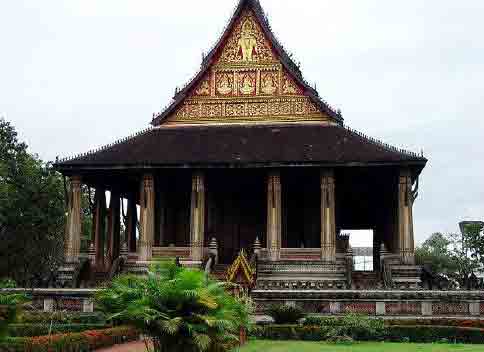
Bliss of Vientiane – Luang Prabang by Flight 6 DAYS 5 NIGHTS
Read More

Explore Luang Prabang 6 DAYS 5 NIGHTS
Read More
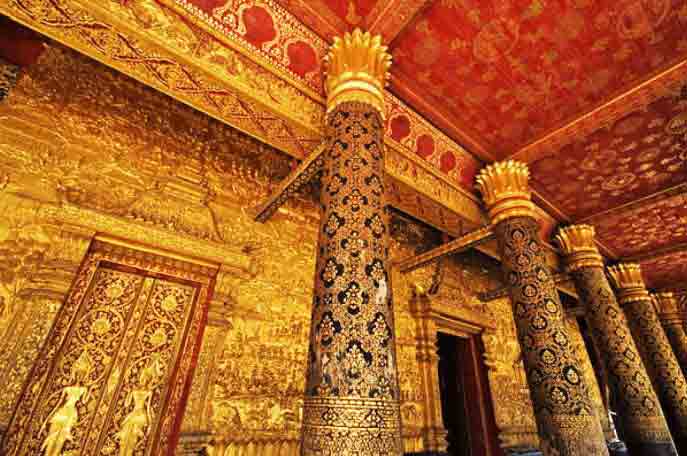
Laos Discovery 5 DAYS 4 NIGHTS
Read More
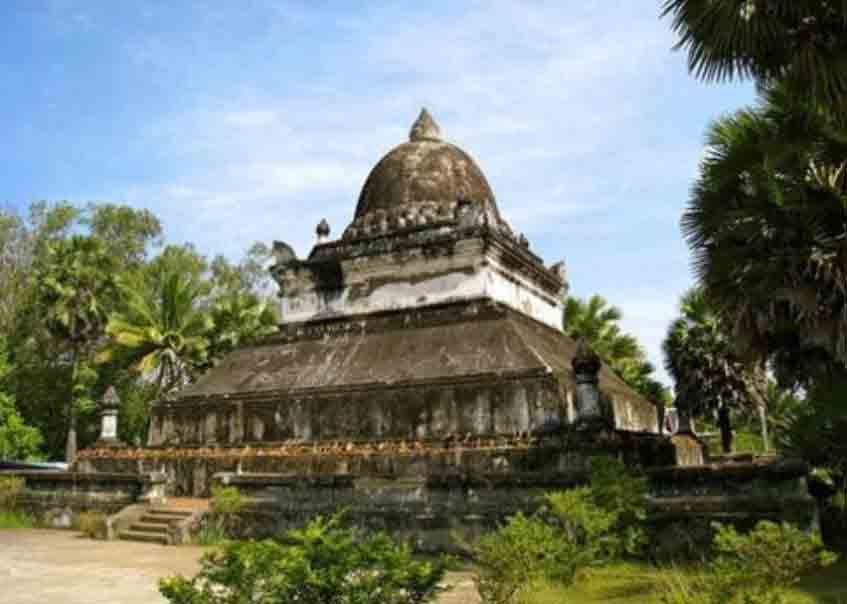
LPQ Heritage Explorer Breakdown 4 Days 3 Nights
Read More

Luxury Luang Prabang 3 Days 2 Nights
Read More
Laos Overviews
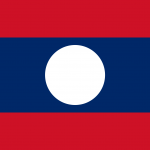 Laos, one of the world's few remaining communist states, is one of east Asia's poorest countries. Since the collapse of the Soviet Union in 1991 it has struggled to find its position within a changing political and economic landscape. Communist forces overthrew the monarchy in 1975, heralding years of isolation. Laos began opening up to the world in the 1990s, but despite tentative reforms, it remains poor and dependent on international donations.
Laos, one of the world's few remaining communist states, is one of east Asia's poorest countries. Since the collapse of the Soviet Union in 1991 it has struggled to find its position within a changing political and economic landscape. Communist forces overthrew the monarchy in 1975, heralding years of isolation. Laos began opening up to the world in the 1990s, but despite tentative reforms, it remains poor and dependent on international donations.
Laos is a landlocked, mountainous country, widely covered by largely unspoilt tropical forest. Less than 5% of the land is suitable for subsistence agriculture, which nevertheless provides around 80% of employment. Outside the capital, many people live without electricity or access to basic facilities. But Laos is banking on returns from a number of hydropower plant projects to boost its economy and infrastructure. The Nam Theun 2 dam, the largest built so far, went into operation in 2010 mainly to generate electricity for sale to Thailand.
Culture:
Theravada Buddhism is a dominant influence in Lao culture. It is reflected throughout the country from language to the temple and in art, literature, performing arts, etc. Many elements of Lao culture predate Buddhism, however. For example, Laotian music is dominated by its national instrument, the khaen, a type of bamboo pipe that has prehistoric origins. The khaen traditionally accompanied the singer in lam, the dominant style of folk music. Among the lam styles, the lam saravane is probably the most popular.
Languages:
The official and dominant language is Lao, a tonal language of the Tai linguistic group. However, only slightly more than half of the population speaks Lao natively. The remainder, particularly in rural areas, speak ethnic minority languages. The Lao alphabet, which evolved sometime between the 13th and 14th centuries, was derived from the ancient Khmer script and is very similar to Thai, and easily understood by readers of Thai script. Languages like Khmu and Hmong are spoken by minorities, particularly in the midland and highland areas. A number of Laotian sign languages are used in areas with high rates of congenital deafness.
National Flag:
The Laos flag was officially adopted on December 2, 1975. The white circle on the blue field is said to represent the moon shining over the Mekong River. The blue stripe represents wealth, and the red represents the blood shed during the internal struggle for freedom.
Currency:
The official national currency in Laos is the Lao kip (K). Although only kip is legally negotiable in everyday transactions, in reality three currencies are used for commerce: kip, Thai baht (B) and US dollars (US$)
